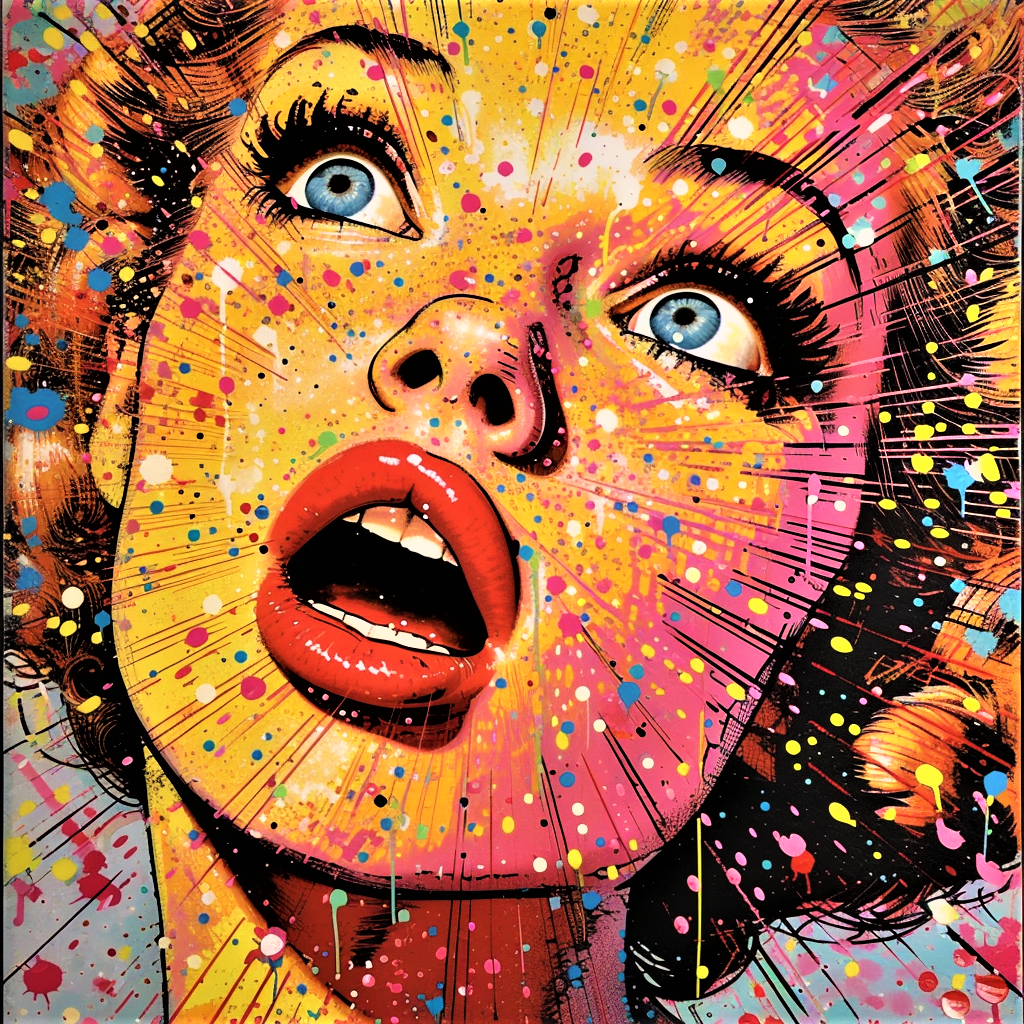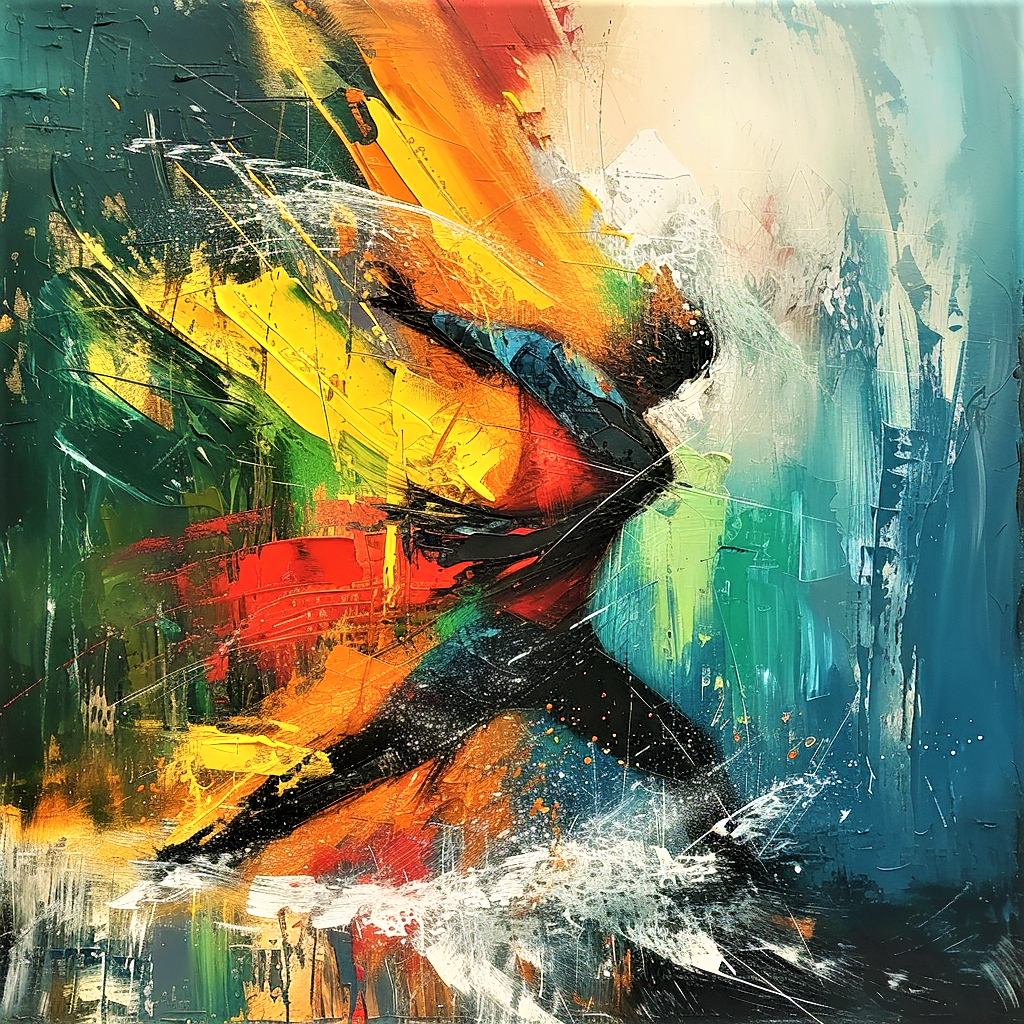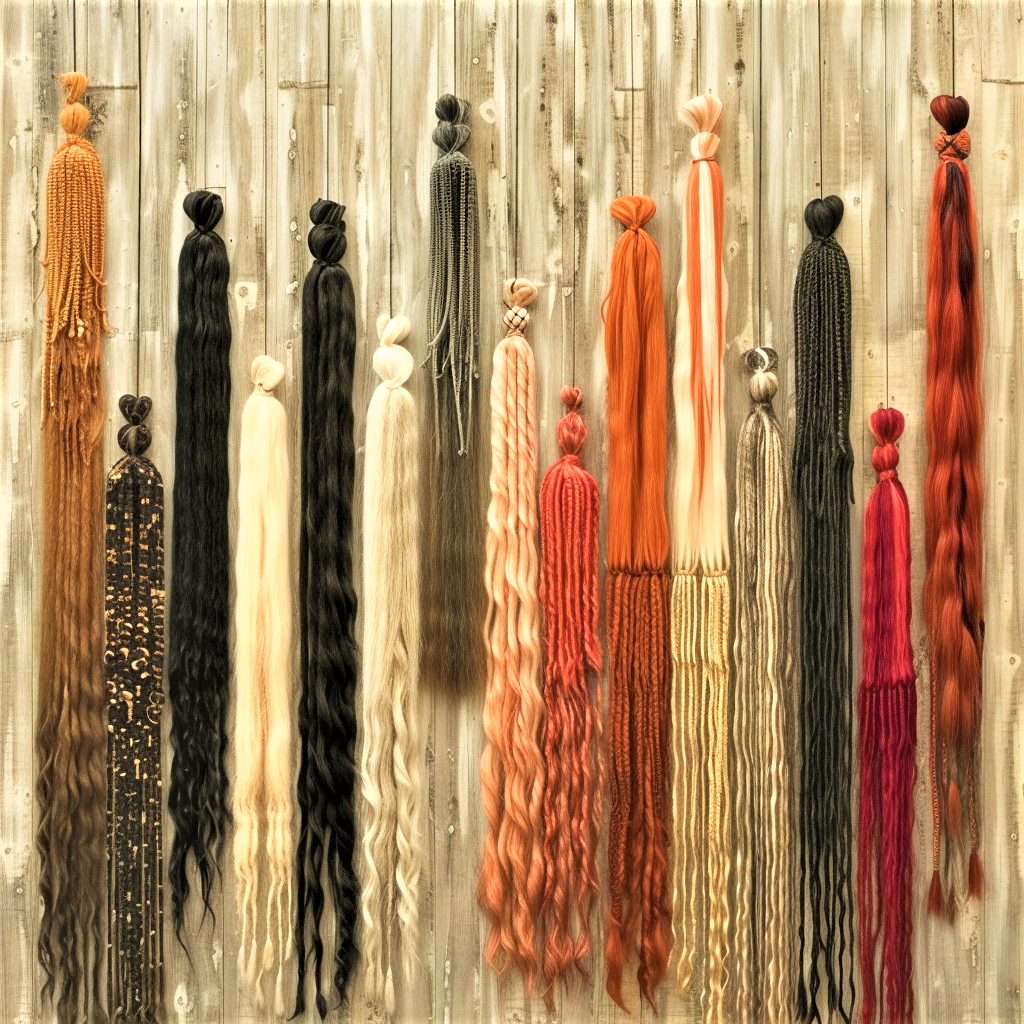Introduction:
In the mid-20th century, a revolutionary art movement emerged, elevating color to a powerful, evocative language. Color Field painting, an integral part of Abstract Expressionism, transcended traditional boundaries, inviting viewers into expansive canvases where color and space intertwined in a poetic dance. This blog post delves into the origins, principles, and enduring impact of Color Field painting, uncovering the vibrant tapestry of this mesmerizing movement.
The Birth of Color Field Painting:
Color Field painting blossomed in the 1940s and 1950s as a response to the emotional intensity of Abstract Expressionism. Artists sought to create contemplative, immersive experiences by focusing on vast fields of color. Pioneers of the movement included Mark Rothko, Barnett Newman, and Clyfford Still, each contributing a unique voice to the evolving symphony of Color Field.
Key Principles of Color Field Painting: Expansive Color Spaces:
Color Field artists rejected the confined boundaries of traditional compositions, opting for expansive canvases that enveloped viewers in a sea of color. Large, unbroken fields of color became the primary means of expression.
Emotional Resonance:
Color Field painting aimed to evoke emotional responses through color. Artists carefully selected and arranged hues to create atmospheres that ranged from serene and contemplative to intense and emotive, inviting viewers to immerse themselves in the emotional resonances of the artwork.
Minimalist Forms:
Forms were often simplified to allow color to take center stage. Geometric shapes, such as rectangles or stripes, became vehicles for the exploration of color relationships, emphasizing the purity and simplicity of visual elements.
Impact on the Art World: Transcending Boundaries:
Color Field painting transcended the constraints of representation, encouraging a meditative engagement with the canvas. The expansive color spaces invited viewers to step into a realm where the boundaries between the artwork and the observer dissolved.
Influence on Minimalism:
Color Field painting laid the groundwork for Minimalist art, which emerged in the 1960s. The movement's emphasis on simplicity, color, and the viewer's experience paved the way for the evolution of minimalist aesthetics.
Continued Influence:
Color Field painting continues to inspire contemporary artists working in various mediums. Its impact resonates in the realms of installation art, digital media, and even environmental design, demonstrating the enduring power of color as a form of expression.
Conclusion:
As we unveil the essence of Color Field painting, we discover a movement that transcends the limits of the canvas, inviting us into a realm where color becomes an immersive experience. Color Field artists, with their vast, emotive canvases, left an indelible mark on the trajectory of abstract art, proving that within the simplicity of color and form lies a profound and boundless language of expression.





